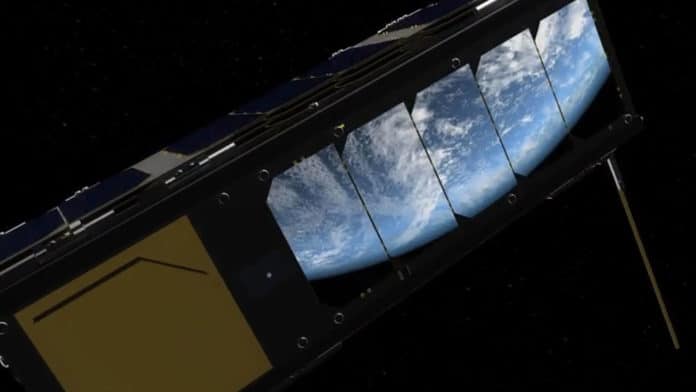The European Space Agency (ESA) has successfully operated a spacecraft with Europe’s next-generation mission control system for the first time. Named the ‘European Ground System – Common Core’ (EGS-CC), the powerful software will be the ‘brain’ of all European spaceflight operations in the years to come and promises new possibilities for how future missions will fly.
ESA’s OPS-SAT’ Space Lab’ became the first spacecraft to fly with Europe’s new space brain. The CubeSat, about the size of a loaf of bread, is developed with the sole intention of being a guinea pig for new operating software, too risky to test in other missions.
Based on years of development by ESA, European national space agencies, and space industries, the EGS-CC system has finally been put to work at the task it was made for – ensuring the smooth and reliable operation of s real satellite in space. During ESA’s recent test, the OPS-SAT received routine commands and sent back data to mission control at the ESOC Operations Centre in Darmstadt, Germany.
The new software will be used across the board on missions ranging from monitoring Earth’s landmasses, oceans, and climate to peering out into deep space and even grabbing hold of defunct debris objects and bringing them back down to Earth. The space brain will handle not only conventional spacecraft but also future designs that incorporate artificial intelligence.
Designing a new control system to cater to each spacecraft’s needs and goals would use up precious time and resources. With shared infrastructure, any number of missions and mission types can share a “common core,” minimizing the need to tailor the software to each one and importantly meaning that multiple operators can fly the missions.
This new software also allows for greater collaboration between the various agencies. It allows multiple operators working in a distributed manner across countries and control centers to work together to share expertise and support each other, including during critical moments in a mission.
The EGS-CC is the latest evolution in Europe’s shared space control system and will bring with it a number of benefits, including faster transitions between mission life stages of a mission – from assembly to testing and ultimately flight operations in space; reduced costs and risks for missions; evolving ground systems for future missions; work towards a “European network of centers”; and to provide European industry with a powerful tool with which it can compete in the world market.
“At its heart, this new software marks an important step in bringing to life the space technologies of the future,” said Rolf Densing, Head of ESA’s ESOC Operations Centre. “Close cooperation between space agencies and industry has made this possible, opening up opportunities for all space entities in Europe to fly exciting, innovative and important missions through space.“
